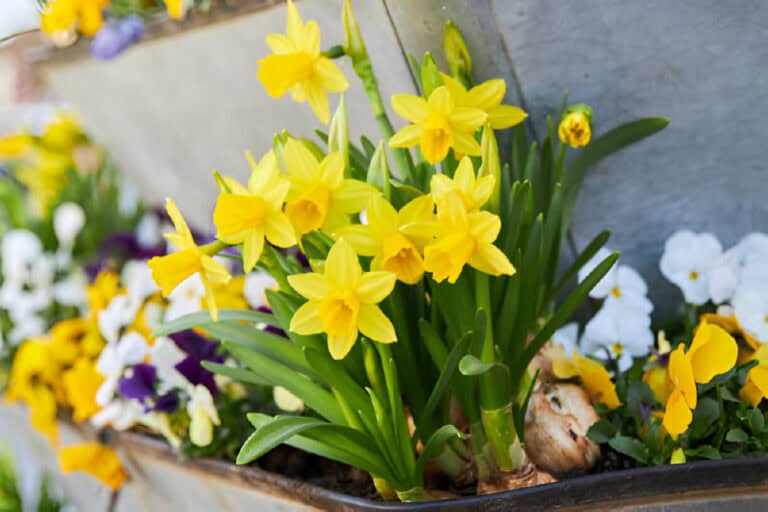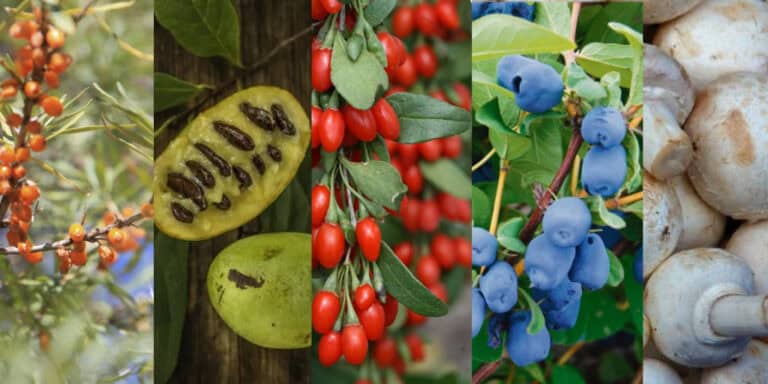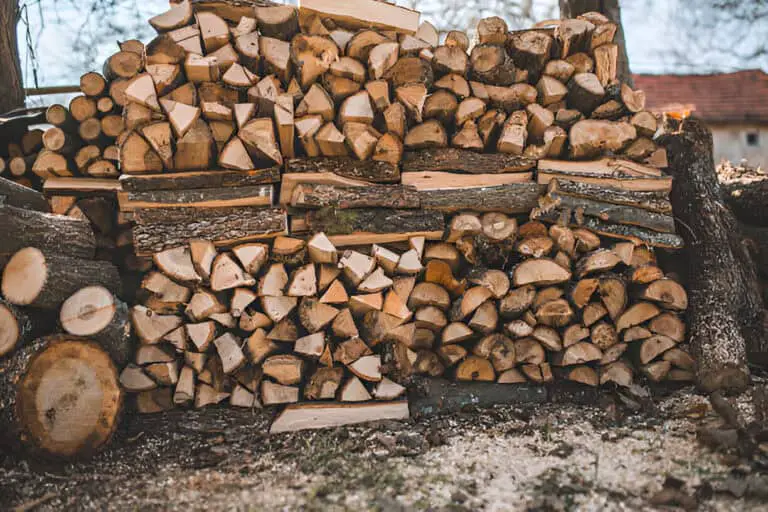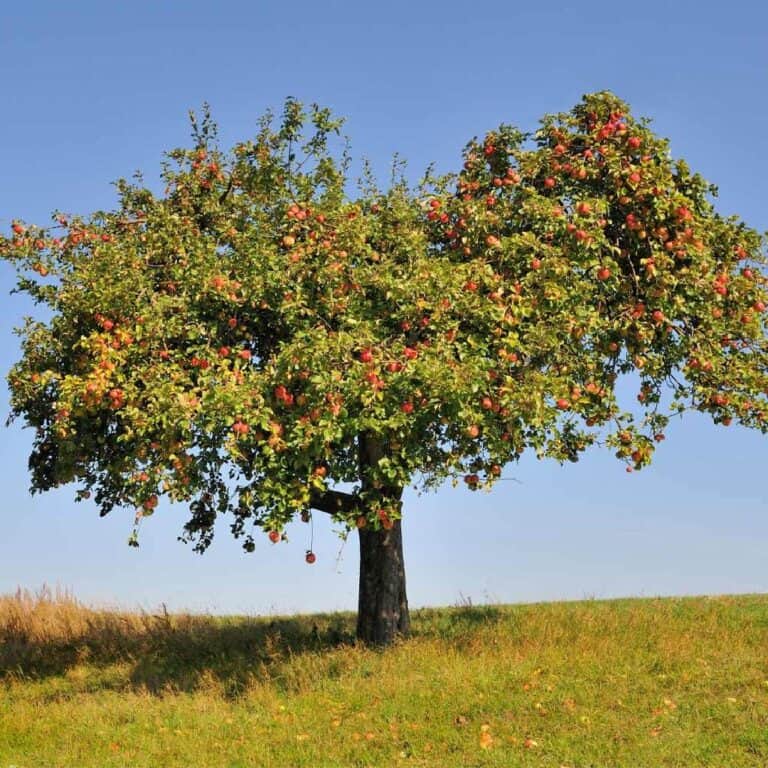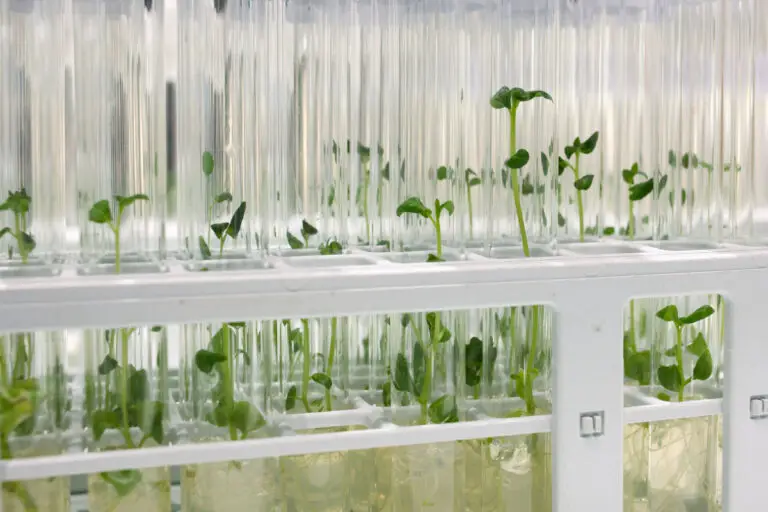String of Dolphins (Dolphin Succulent): Plant Care and Growing Guide
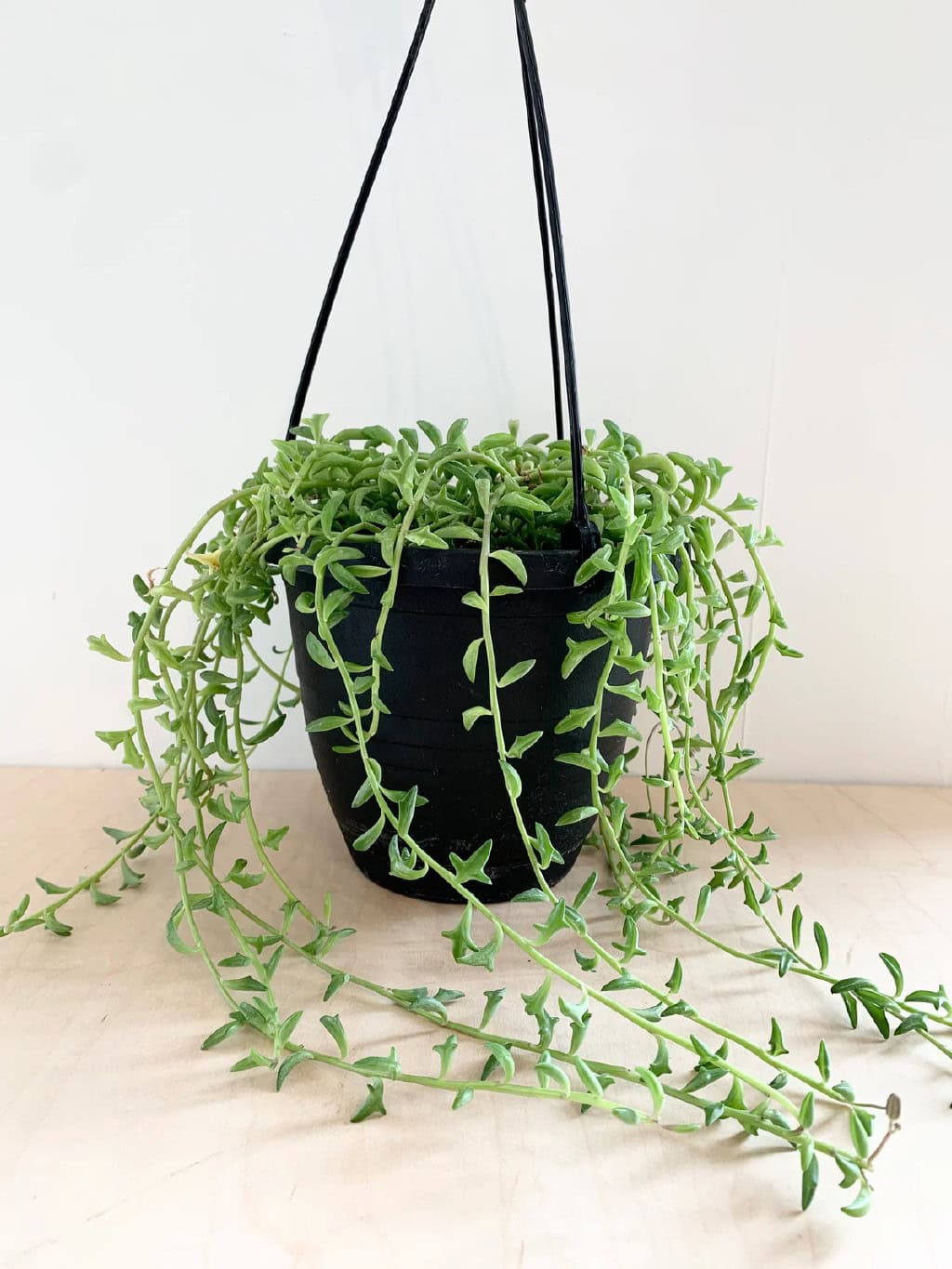
I’ll never forget the first time I saw a String of Dolphins. Tucked into a tiny pot at the back of a local plant shop, those quirky little dolphin-shaped leaves were leaping along the vines like tiny green acrobats. I had to bring it home. Officially called Senecio peregrinus, this succulent is more than just a conversation piece—it’s a rare gem for collectors and a joyful plant to care for once you get the hang of it.
However, it’s not always simple to locate a healthy String of Dolphins. And when you do track one down, the last thing you want is to see those adorable little “dolphins” wilt or drop off. So how do you keep this plant thriving without overcomplicating things?
In this post, I’ll walk you through everything I’ve learned about caring for this unique trailing succulent. From the right soil mix to how often to water it, this guide will give you the tools to keep your plant healthy and happy. Whether you’re a beginner or just want to add a standout piece to your succulent collection, you’ll find everything you need to grow your own pod of playful dolphins.
Unique Features of the String of Dolphins
The String of Dolphins (Senecio peregrinus) earns its name from its one-of-a-kind leaves that truly resemble tiny dolphins leaping through the air. Each curved, fleshy leaf even has a notch that looks like a dorsal fin, making this plant a delightful addition for anyone who loves quirky greenery.
This succulent has a trailing growth habit, which makes it perfect for hanging baskets, shelf edges, or even wall-mounted planters. Over time, the vines can grow over 1–2 feet long, creating a cascading effect that’s both playful and elegant.
Why add it to your home?
- Adds a touch of whimsy and personality
- Easy to care for with minimal watering needs
- Complements modern or coastal-themed decor
| Feature | Description |
| Leaf Shape | Dolphin-like with curved edges |
| Growth Style | Trailing vines |
| Ideal Placement | Hanging pots or high shelves |
| Decor Appeal | Unique, eye-catching, low maintenance |
The String of Dolphins isn’t just a plant—it’s a conversation starter that brings life and charm to any space.
String of Dolphins (Dolphins Succulent) Basic Care
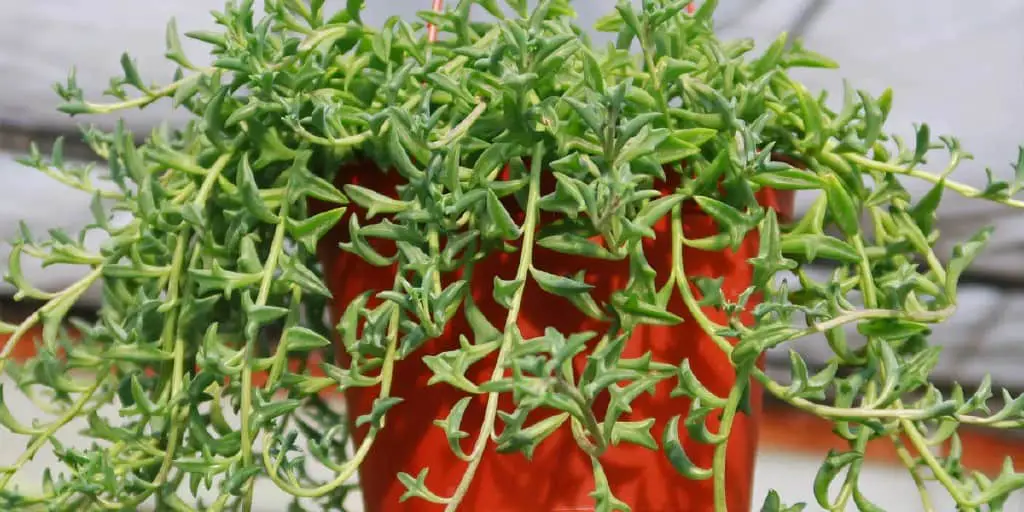
Placement and Light
The Dolphin Succulent needs indirect light. They can take direct sunlight, but not for long before getting sunburned.
If you want to have your plant along with the rest of your collection outside, that’s OK. However, ensure their placement in a shaded area to prevent direct sunlight from harming them. Indirect light is fine, or as long as it’s filtered somehow. Keep in mind, direct sunlight is not beneficial for your String of Dolphins.
If you’re growing your String of Dolphins as a houseplant, they need to be placed in a south-facing window where they get at least 6 hours of morning sunlight every day. If you’re in a place known for its sunless winters, you can also use an LED grow light. A T-5 fluorescent lamp will also do.
Temperature
You may have heard that succulents do exceptionally well in warm climates, but that’s not the case here. The String of Dolphins loves fresh air. It can withstand temperatures as low as 40 degrees Fahrenheit.
It’s best to keep these plants at around 72°F during the summer months or the growing season.
Despite its love for cool air, though, the Dolphin Succulent is not a cold-hardy plant by any means. These types of “soft succulents” are frequently grown in zone 10, in mild-to-cool weather.
It won’t survive a hard frost. If it gets below 30 F, plant them in a container and keep them inside.
Watering
Thankfully, the String of Dolphins is not one of those hard-to-water succulents.
Give them a thorough soak in soil with good drainage, and wait until the water runs out completely. Don’t rewater until the soil is dry again.
Watering once a week should be more than enough during growing seasons (usually spring to early fall), and once per month during the winter. The Dolphin Succulent is drought-resistant, so keeping it overwatered is against its best interests.
Compared to other Senecio succulents, the Senecio Peregrinus requires a tiny bit more water, though. Often, these plants can be underwatered. How do you make sure your plant’s OK? Always check the leaves to make sure they’re beautiful and green.
If your leaves are dry or cracked, your plant may be underwater. Conversely, if your plant is overwatered, the leaves will be transparent and squishy.
Soil
Keep your Dolphin Succulent in soil with good drainage. While underwatering is an issue with these plants, overwatering can also lead to serious problems. If you’re not careful, an excess of water could lead to rot.
The succulent soil mix by Bonsai Jack or a mix like this one is a fantastic choice. The main things you’re going to want with your soil are to have great drainage, a good pH balance, and anti-root-rot properties. This mix has you covered on every front, and that’s why we highly recommend it if you want an all-in-one soil solution and don’t want to mix your own.
Dolphin Succulent Advanced Care Guidelines
Propagation
You can propagate a string of dolphin succulents from a cutting. Pick a leaf that looks strong and healthy, and find the stem. Then carefully, using a sharp knife or a pair of scissors, cut the stem.
After cutting the stem, you need to place it flat in soil that has good drainage. Make sure that the surface of the stem comes into good contact with the soil.
Keep your soil moist; never let it dry completely. After the roots form (in around two to three weeks), you might need to water your cuttings a bit more.
If this plant touches the soil, it will quickly shoot out roots. Keep in mind that you can only propagate a Dolphin Succulent from cuttings and not the leaves. The leaves will take root but will not form new leaves or stems.
Potting and Repotting
Potting needs for the Dolphin Succulent are relatively simple. Just keep it in a solid pot or container that’s slightly larger than the plant and has drainage holes. They like being with other succulents, but you may need to repot them if they run out of space.
If you feel like repotting, add soil around the pot and bury a few leaves. Avoid packing the soil in; you want there to be air pockets in the middle. If you pack the soil in too tight, the plant could have problems growing, and you could suffocate the root system.
Fertilizing
String of Dolphins Succulents don’t really need much fertilizer. In fact, over-fertilizing may lead to them losing their iconic jumping dolphins!
Feed them once or twice a year, during the spring, or when they start to bloom. If you can, try selecting an organic fertilizer.
Pests and Disease
Spider mites or mealybugs are the most common pests that plague indoor Dolphin Succulents. Spider mites’ cobwebs are on the undersides of the plant and mealybugs resemble a white, cotton-like growth.
For mealybugs, use cotton lightly swabbed in rubbing alcohol. Be gentle. For spider mites, just bring the plant outside and spray it with cool-to-cold water.
The String of Dolphins is susceptible to fungal issues and water rot. It should be fine if you water it properly and keep it in well-drained soil.
Pruning
Dolphin Succulents don’t require much pruning. If you do, remember to be very delicate.
FAQs on String of Dolphins (Dolphin Succulent)
Are Dolphin Succulents Safe for Cats?
Most succulents are safe for pets and don’t have much toxicity even when ingested. The String of Dolphins is no exception, and it’s safe for cats and other pets.
How Do You Plant Dolphin Succulent Seeds?
Buying Dolphin Succulent seeds can be tricky for newcomers. The Senecio Peregrinus, a hybrid, doesn’t always sprout, even if you do everything right. That can It can be frustrating to grow your own plant from scratch, which is why most plant collectors prefer cuttings or already grown plants.
To add to the frustration, some seedlings end up not having the telltale dolphin shape.
If you’re feeling adventurous, plant the seeds in a container with a great soil mix, like Bonsai Jack. Cover the container with plastic (leaving a few holes for aeration) or some sort of wrapping. Mist your seeds often and wait for seedlings to sprout. When they do, it’s time to move them to a larger container.
Why is My String of Dolphins Dying?
It could be dying from several causes. Root rot will set in if you overwater your plant, so you want to follow watering guidelines carefully. If not, it could be drying out, which will require more water instead. Also, make sure that the pot is not too big, because that could lead to over-hydration.
The other cause is not being diligent with keeping it away from pests. Refer to that section for more guidelines, or contact a professional if you feel like you need somebody that will deliver an extra level of care.
The final reason is not having the right soil mix. Not having a good mix that’s porous and offers good drainage could suffocate your plant, or not leave it room to grow. If this continues for a while, it may die!
Why Is My String of Dolphins Flat?
The solution is simple: the plant needs more light. Move it to a brighter spot.
What is the growth rate of String of Dolphins?
Under good conditions, a Dolphin Succulent can grow around 50cm in their first year. It will also maintain its shape as it grows.

